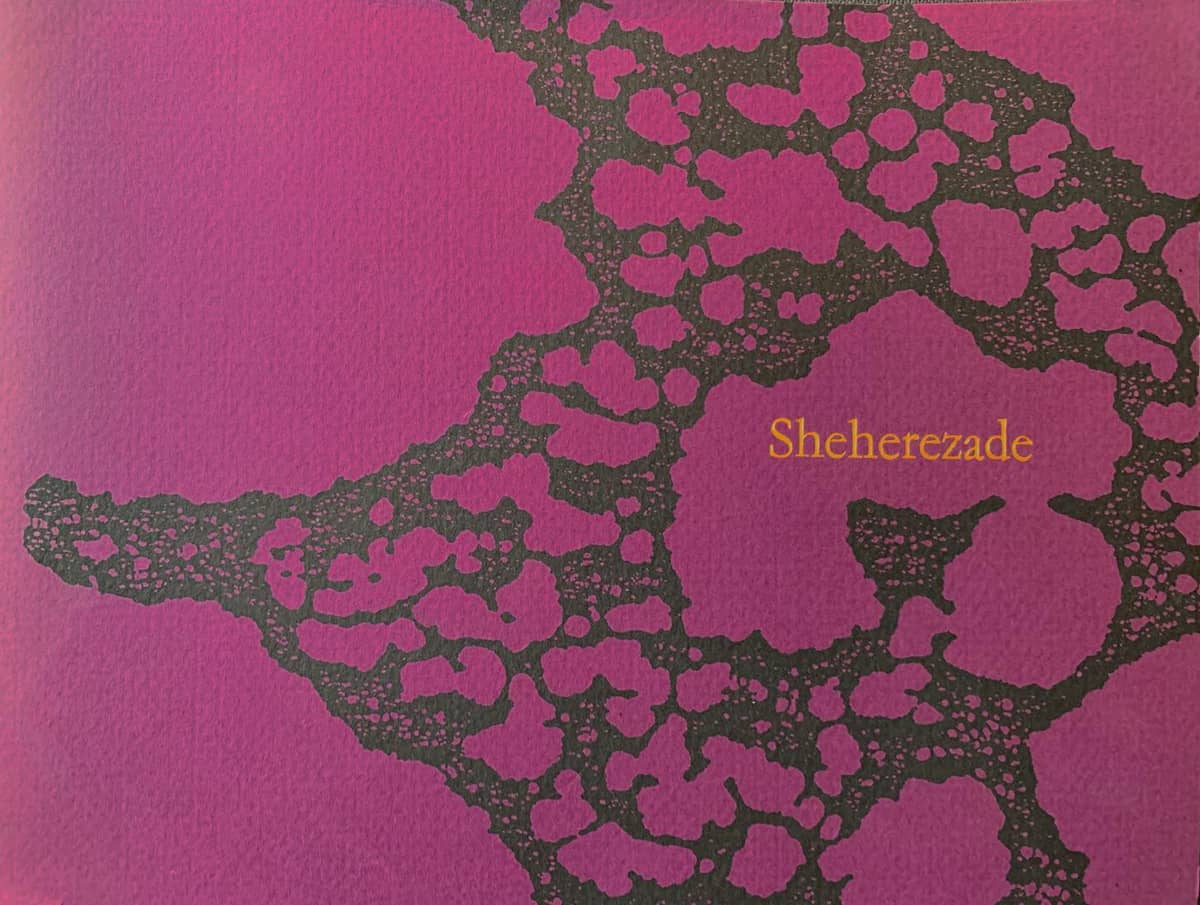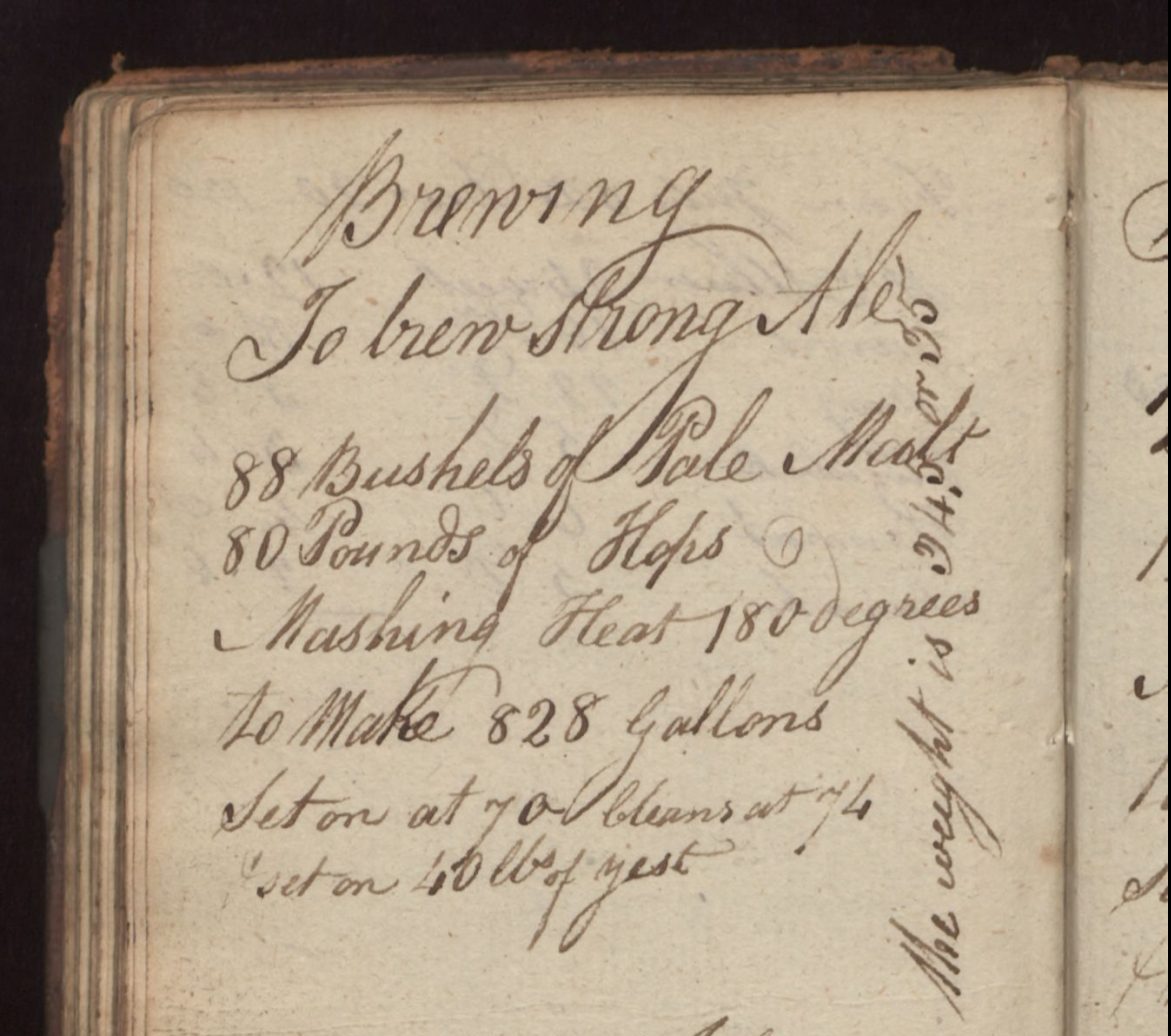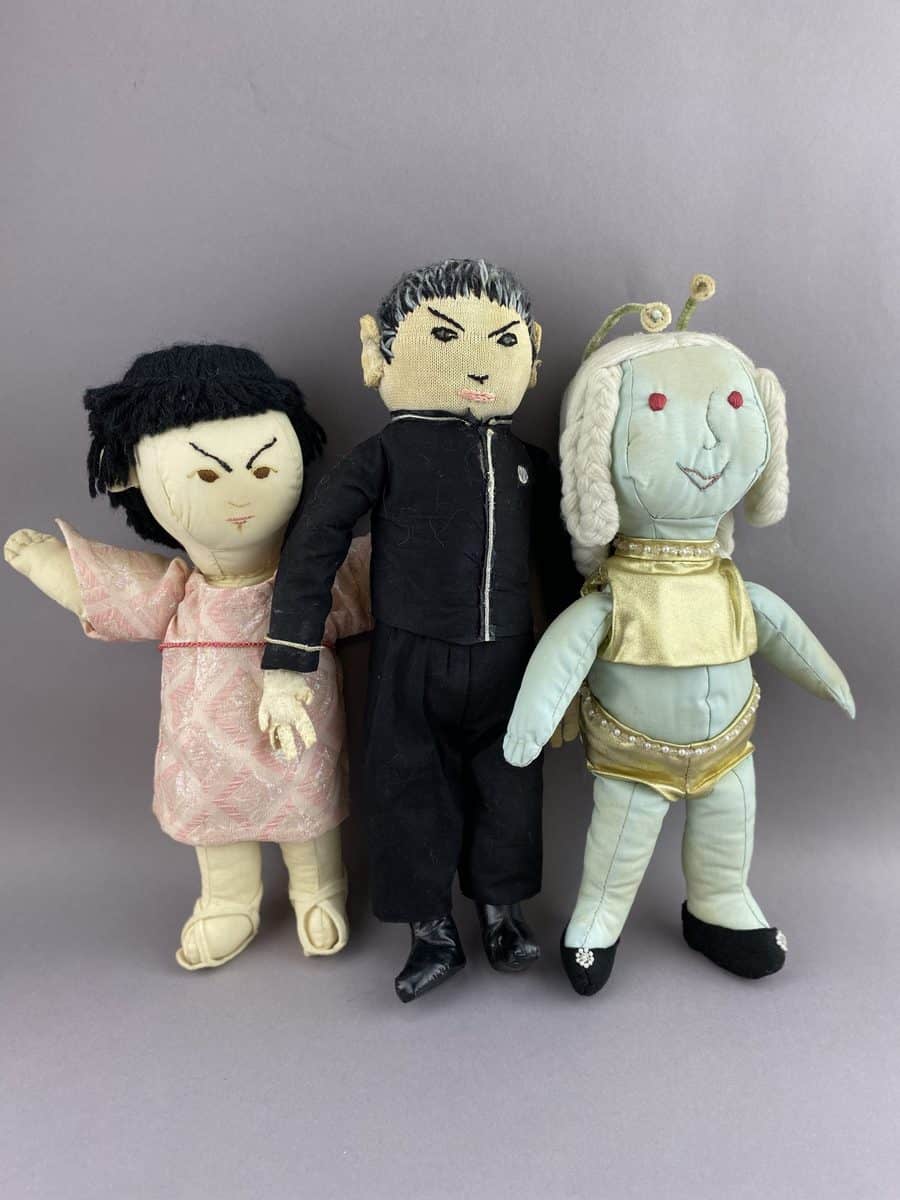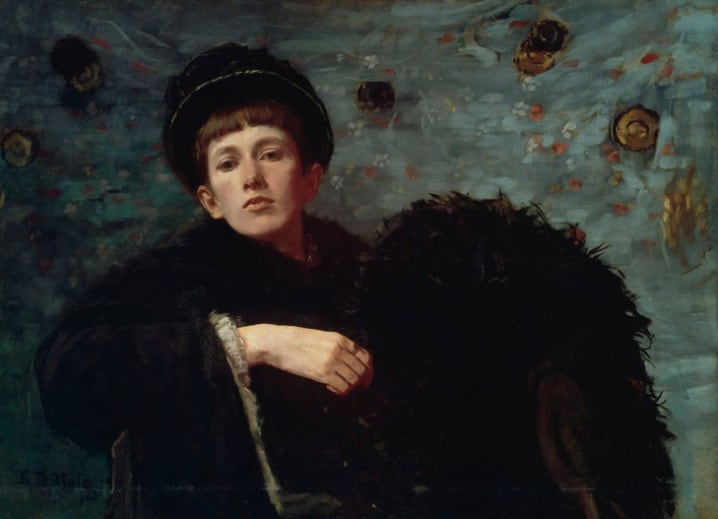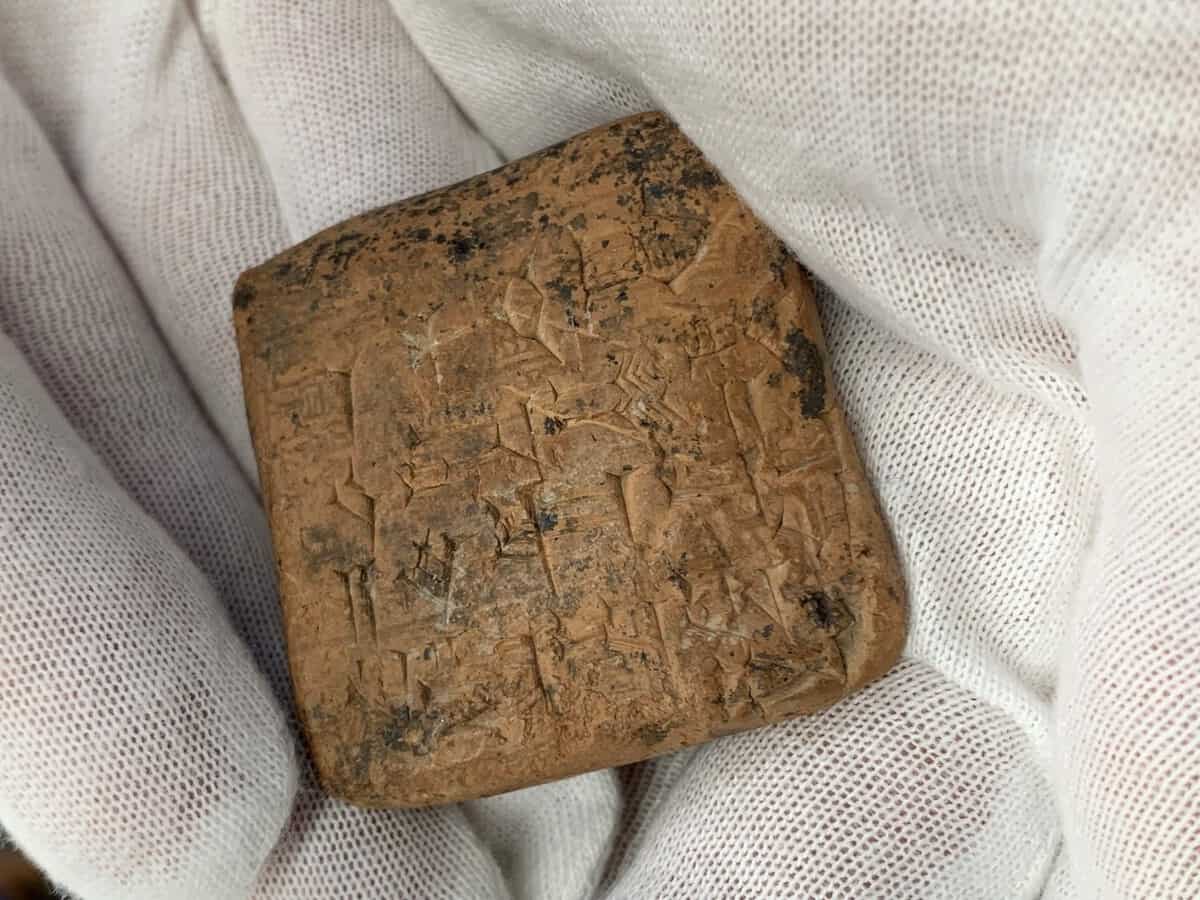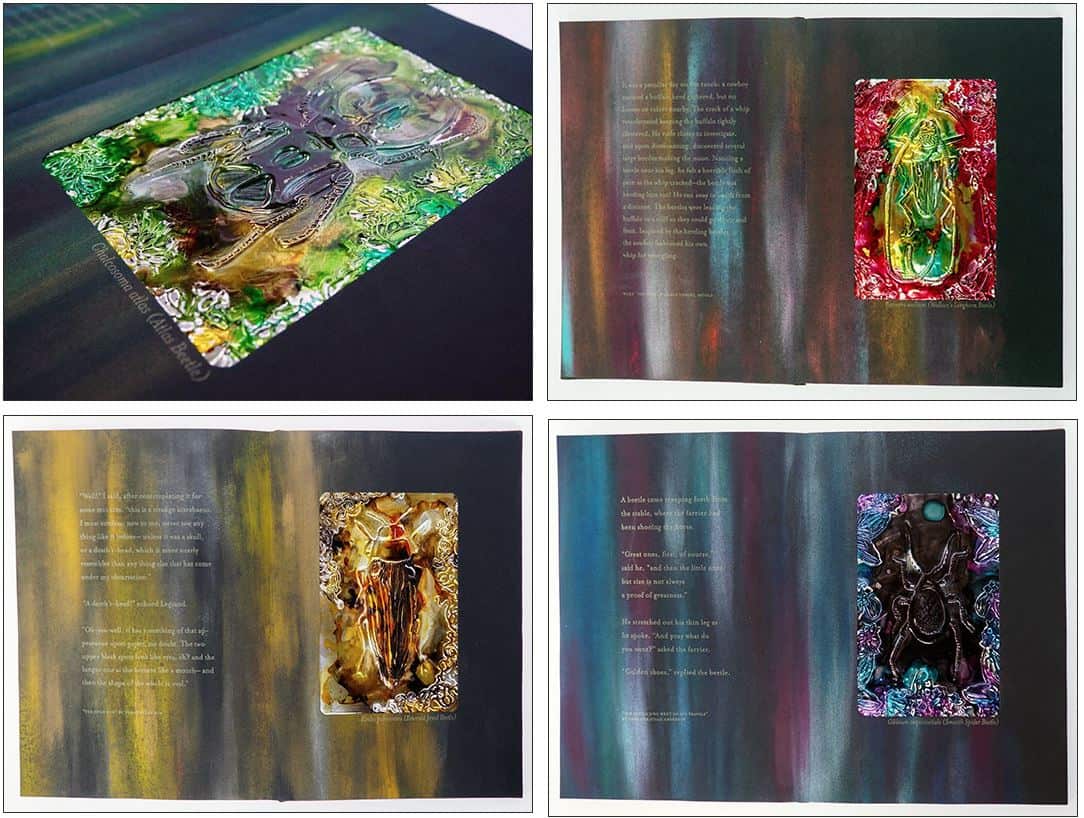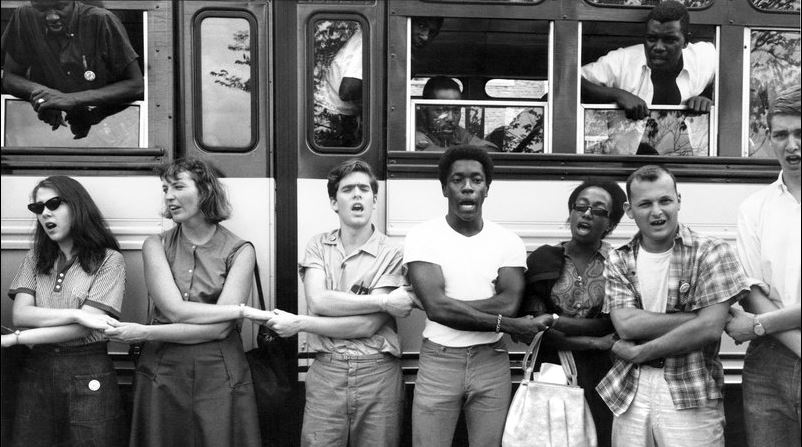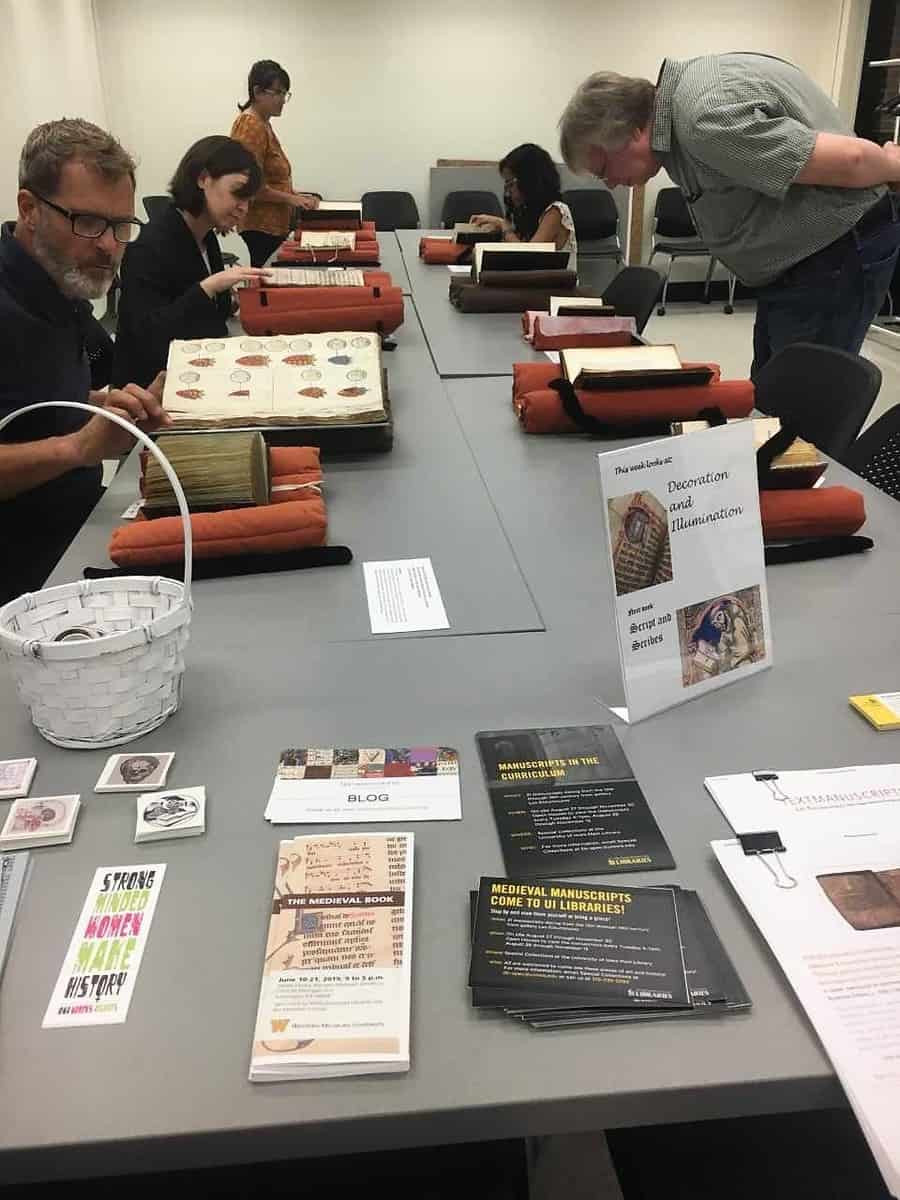“From the Classroom” is a series that features some of the great work and research from students who visit our collections. Below is a blog by Leslie Hankins from Dr. Jennifer Burek Pierce’s class “History of Readers and Reading” (SLIS:5600:0EXW) Sheherezade: a flip book By Leslie Hankins The bold imperial purple cover with the title,Continue reading “From the Classroom- Sheherezade: a flip book”
Category Archives: Educational
From the Classroom–Business, Beer, and the Bible: The Case of the Maude’s Commonplace Books
“From the Classroom” is a series that features some of the great work and research from students who visit our collections. Below is a blog by Elizabeth McKay from Dr. Jennifer Burek Pierce’s class “History of Readers and Reading” (SLIS:5600:0EXW) AMERICAN COOKERY MANUSCRIPTS: MAUDE, WILLIAM & JOHN. Brewer’s Duties & Commonplace Books (2), Early 19th Century,Continue reading “From the Classroom–Business, Beer, and the Bible: The Case of the Maude’s Commonplace Books”
Shut Your Mouth and Save Your Life: 1870 health book resonates in the era of protective masks
The following blog comes from Olson Graduate Assistant Rich Dana, who interviewed Marvin Sackner on his collection of concrete and visual poetry. Among the over 75,000 items in the newly-acquired Sackner Archive of Concrete and Visual Poetry, there are many unique and one-of-a-kind art objects and artists’ books. Along with original artwork, there is anContinue reading “Shut Your Mouth and Save Your Life: 1870 health book resonates in the era of protective masks”
A Virtual Bibliophiles
Today is April 8th, 2020, the day we were supposed to gather for the last Iowa Bibliophiles of the academic year. The plan: come together, eat some tasty snacks, and explore some of the highlights from our collection with the help of our wonderful student workers. Our students had selected manuscripts, books, and more, researchedContinue reading “A Virtual Bibliophiles”
Ellen Day Hale Paints Her Way into UI History
Through some great research, our University Archivist David McCartney discovers some of the “unknown” facts that are part of new UI Presidential Portrait Gallery in the Main Library, as he explains below. When the UI Presidential Portrait Gallery was formally dedicated late last year, staff in Special Collections responsible for this display knew that thereContinue reading “Ellen Day Hale Paints Her Way into UI History”
A Unique Document, a Unique Opportunity
The following is a post written by graduate student Kristi Hager, who recently finished her certificate for Book Studies at Center for the Book. As a student in Dr. Jennifer Burke Pierce’s History of Readers and Reading course through the School of Library and Information Science, Hager was given the opportunity to explore and learnContinue reading “A Unique Document, a Unique Opportunity”
The Weird and Wonderful Things of the L. Falcon Media Fandom Collection
Zoë Webb is a graduate student at the University of Iowa in the School of Library and Information Science and is also pursuing a Book Studies certificate at the Center for the Book. As a student worker in Special Collections, she was recently appointed Processing Intern for the L. Falcon Media Fandom Collection. Below ZoëContinue reading “The Weird and Wonderful Things of the L. Falcon Media Fandom Collection”
Olson Graduate Assistant Acquisitions Project
Olson Graduate Assistant Acquisitions Project Every year, Special Collections hosts two Olson Graduate Assistants who have chosen to specialize in the field of Special Collections Librarianship or Archives for a two-year assistantship. These prestigious positions supplement knowledge gained in the classroom with experience gained from real-world application, balancing theory with practice. The H. John andContinue reading “Olson Graduate Assistant Acquisitions Project”
Rare Recordings of Civil Rights Activists Available Now
Exciting news from University Archivist, David McCartney, about the incredible recordings found in the Eric Morton Civil Rights Papers. In 1963 and 1964, attorney Bob Zellner recorded a series of interviews with civil rights activists in Mississippi and Alabama. Zellner conducted the interviews on behalf of the Student Nonviolent Coordinating Committee (SNCC) in an effortContinue reading “Rare Recordings of Civil Rights Activists Available Now”
Creating First-hand Experiences with Manuscript Open Houses
Below is a reflection from Micaela Terronez, Olson Graduate Assistant, on the “Manuscripts at Special Collections” open houses. Can I really touch it? One curious visitor asked this question in amazement as they gazed at one of the twenty-one visiting manuscripts from Les Enluminures, a gallery of unique text manuscripts with locations in New York,Continue reading “Creating First-hand Experiences with Manuscript Open Houses”
